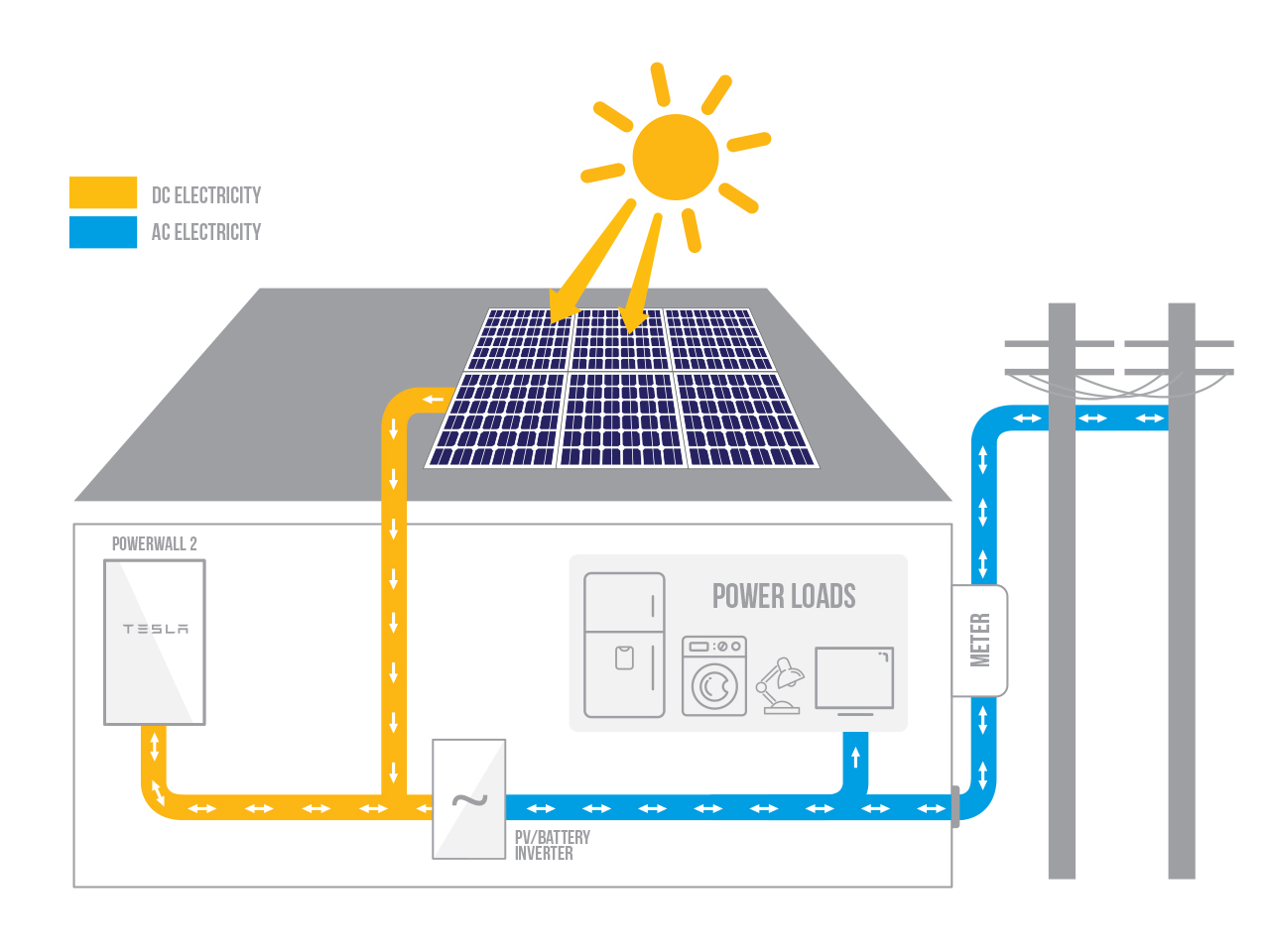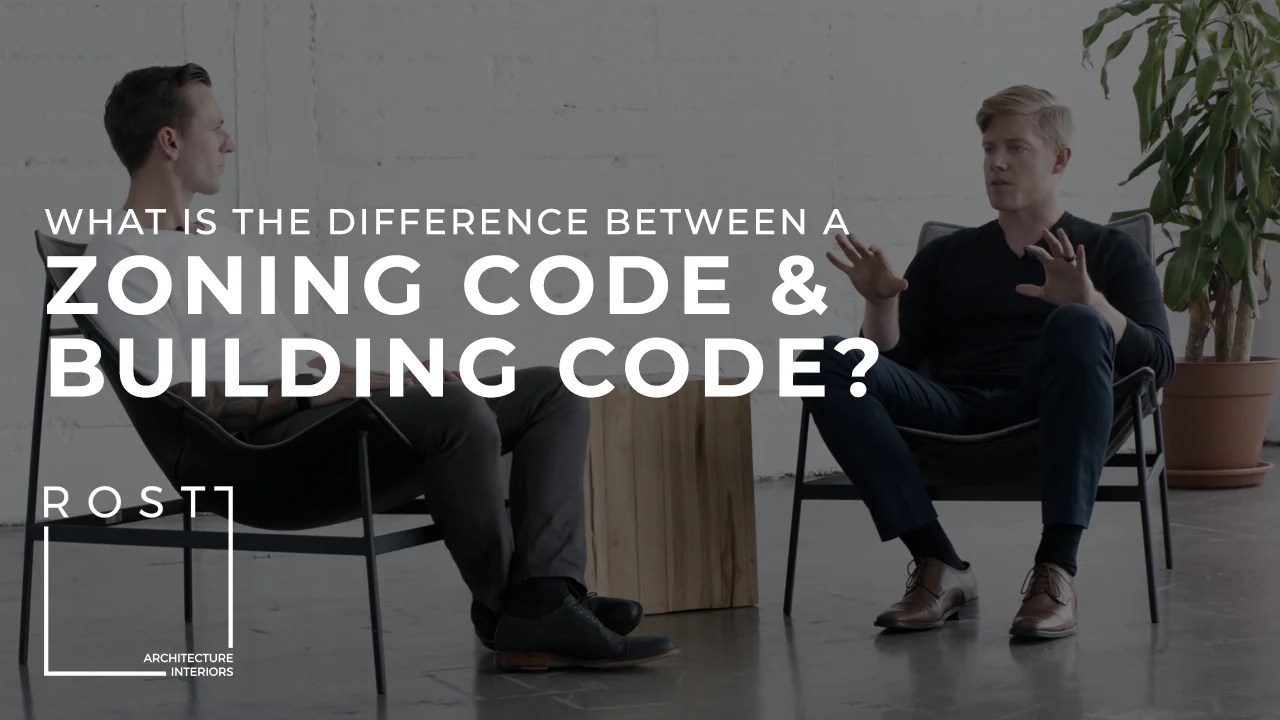Should You Install the Tesla Powerwall?
By Ellie Reid at Rost Architects
Image courtesy of Tesla
For the past few decades, we’ve known about the damage that fossil fuels can have on our environment. As a result, renewable energy technologies have been steadily developing with solar power and battery technologies emerging as the front runners. Solar panel systems have become commonplace buildings and companies such as Tesla, BMW, Toyota and even Volkswagen have all begun to manufacture hybrid and electric vehicles that utilize the new battery technologies. In 2015, Tesla, announced their new product, Powerwall. The Tesla Powerwall combines the advancements in battery technology with solar energy and brings it into the home.
How it Works
Tesla’s Powerwall is a home battery pack that stores solar energy for immediate or later use. Ideally, the Powerwall is paired with solar panels for those who wish to operate their home partially or completely off-grid.
During the day the solar panels capture the suns energy and send it to the Powerwall. Electricity requiring activities going on within the home, such as; making coffee, doing laundry and blow-drying hair, directly receive the converted energy from the Powerwall.
From there, extra solar energy that was not used will then be stored in the Powerwall for later use. For example, at night when the solar panels are not capturing energy, the stored energy in the Powerwall will be used to power the home. This way, when a family would normally be taking electrical energy from the solar grid, they will now be using their stored energy from their Powerwall. This process repeats daily. Below is a simple diagram from Tesla’s website illustrating this cycle.
Diagram showing how the Powerwall works when combined with a solar panel system. Image courtesy of Tesla.
How Much Power Does the Powerwall Hold?
One Powerwall can hold 13.5 kWh of electricity. This means that in a power outage, if you were to perform moderate to low energy activities such as brewing coffee, watching TV, and doing laundry you would have roughly 1 day of power. If you needed to perform more energy intensive activities such as charging your electric car, using the A/C or turning on your pool pump your Powerwall would be depleted much more quickly. Tesla has a great resource for calculating how long your Powerwall will last at the link here.
Cost of the Powerwall?
At the time this article is being written (July 2019) the price of Tesla’s Powerwall costs roughly $6,700. Along with this price, there are varying costs for supporting hardware, which is about $1,100. Additionally, installation costs can range between $2,000 and $8,000. These costs may vary based on specifics such as permits, placement and connection charges.
Pairing Your Powerwall With Solar
As mentioned above, it is recommended that a homeowner pair the Powerwall with solar panels. For a 1,000 – 4,500 square foot home, Tesla recommends two Powerwalls to adequately power the home. For a 4,600+ square foot home, Tesla recommends three Powerwalls to provide the home with enough electricity. These numbers can vary depending on personal energy usage levels.
In addition, Tesla offers a 10-year warranty for each Powerwall purchased. This warranty guarantees that your Powerwall will retain at least 70% of its capacity to hold a charge.
Image courtesy of Tesla.
Installation Options
Within the actual structure of the Powerwall it is equipped with an internal inverter, converting DC energy to AC energy that can be used in the home. When installing the Powerwall, homeowners have two options to chose from.
Diagram showing the components of a solar and Powerwall system with AC and DC electricity. Image courtesy of Solarhart
The first being a partial back-up, meaning that the Powerwall is only wired to specific “essential load” appliances. Within this system, the Powerwall will supply back up power to those appliances when needed. With this option, a new sub-panel instillation will be required to connect the Powerwall to the specific circuits in the home that will be connected.
The second option can be referred to as “off-grid”, meaning that the Powerwall will be wired into every electrical circuit within the home and it will be used as a whole back up solution. In this option, the Powerwall is wired directly into the home’s main electrical panel, and a sub panel is not necessary.
Typical Powerwall Setup Diagram. Image courtesy of Tesla.
Powerwall as a Long Term Investment
Customers should view the purchase and installation of the Powerwall system a long term investment. Over time, homeowners should be able recoup their initial investment from the money saved on electrical bills. Also, depending the location of the home, there are also various financial incentives offered from state governments.
How do I get a Powerwall?
If you want to install the Powerwall in your home, you will need to go through one of Tesla’s certified installers. We’ve been told that the wait period for a Powerwall is approximately 18 months going this route. You can also sign up on Tesla’s website to reserve your Powerwall.
Final Thoughts on the Powerwall
We love the technology and the promise it offers to help homes to reduce energy consumption from the grid. However, in its current state we feel that the initial price point for installation and long lead time may be a deterrent for some homeowners. We are confident that Tesla is working on these items. In the near future we see the cost of the product being lowered with efficiency and availability increasing.
That being said, we would not deter anyone who has the financial means to invest in the product from installing it in their home.
At this moment we have not installed the product in any of our projects, however we have seen countless installations in homes throughout Orange County and spoken with several distributors about the product. The majority of the discussions have shed positive light on the product. We are currently working with multiple home owners who are interested in installing the system and are hoping to complete a successful installation in the near future.
Sizing and technical specifications of the Tesla Powerwall. Image courtesy of Tesla




































